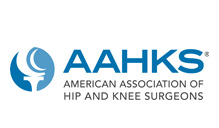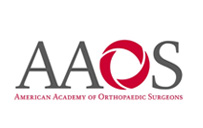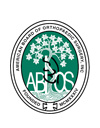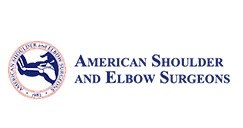Baseball season is here: Watch out for UCL tears
Spring brings with it the joy of baseball, but too much of a good thing can lead to elbow injuries in young pitchers.
Everything You Need to Know About Brachial Plexus Injuries
Your brachial plexus is a network of nerves in your shoulder that branches into five major nerves in each arm. It carries signals from your spinal cord to your arms and hands, allowing you to move your arm, hands, and wrists. Sensory skin nerves are also part of the brachial plexus and allow you to feel temperature and other sensations. There are several types of brachial plexus injuries, with many different causes. They also vary in severity, with some people healing completely on their own and others having permanent damage.
Uncemented hip hemiarthroplasty associated with increased fracture risk, complications
Despite decreased operative times, uncemented hip hemiarthroplasty was associated with increased risk of fractures and complications compared with cemented hip hemiarthroplasty, results showed.
Kinematic alignment versus mechanical alignment in total knee arthroplasty: An up-to-date meta-analysis
The purpose of this meta-analysis was to compare the efficacy and imaging parameters of kinematic alignment (KA) and mechanical alignment (MA) in total knee arthroplasty (TKA) and to evaluate whether patients undergoing KA-TKA benefited more than those undergoing MA-TKA.
Treatment of neurogenic scapular winging: a systematic review on outcomes after non-surgical management and tendon transfer surgery.
Scapular winging is a rare condition of the shoulder girdle which presents challenging treatment decisions for clinicians. To inform clinical practice, clinicians need guidance on what the best treatment decision is for their patients and such recommendations should be based on the total evidence available. Therefore, the purpose of this review was to systematically review the evidence regarding non-surgical management and tendon transfer surgery of patients with neurologic scapular winging due to serratus anterior (SA) or trapezius (TP) palsy.
Marijuana Users More Prone to Infections After Knee, Shoulder Surgeries
Surgeons have long advised patients to stop smoking cigarettes for several weeks before their operations to lower the risk of complications. But what about weed? New research has found reason for worry: Marijuana users had higher infection rates after minimally invasive knee and shoulder procedures. Patients also had higher rates of deep vein thrombosis (DVT) or potentially dangerous blood clots, though those risks were not statistically significant.
A workout for cartilage implants
Whether arising from being felled on the soccer pitch or a seemingly harmless collision with a coffee table, a minor injury to the cartilage in your knee can have major consequences. In the worst case, the weak spot gives rise to severe arthritis and an artificial knee is the only hope. However, if the problem is caught early, further deterioration could be prevented by a patch repair.
Increased CXCL9 Level Linked to Increased Hip Fracture Risk in Men
The researchers found that in men, but not in women, increasing CXCL9 levels were associated with an increasing risk for hip fracture. The odds ratios in the highest quartile compared with the lowest quartile were 10.35 (95 percent confidence interval, 1.90 to 56.39) and 1.46 (95 percent confidence interval, 0.59 to 3.60) in men and women, respectively.
Exercise can modify fat tissue in ways that improve health—even without weight loss
Exercise is one of the first strategies used to treat obesity-related health problems like type 2 diabetes and other cardiovascular disease, but scientists don't understand exactly how it works to improve metabolic health. To that end, University of Michigan researchers examined the effects of three months of exercise on people with obesity, and found that exercise can favorably modify abdominal subcutaneous adipose tissue, the fat tissue just beneath the skin, in ways that can improve metabolic health—even without weight loss.
When is the best time of day to exercise? The answer may be different for men and women
Recent findings suggest that the effectiveness of exercise depends on the time of day (Exercise Time Of Day, ETOD). Now, a randomized controlled trial not only confirms convincingly that ETOD affects the effectiveness of exercise, but also shows that these effects differ between types of exercise, and between women and men.








